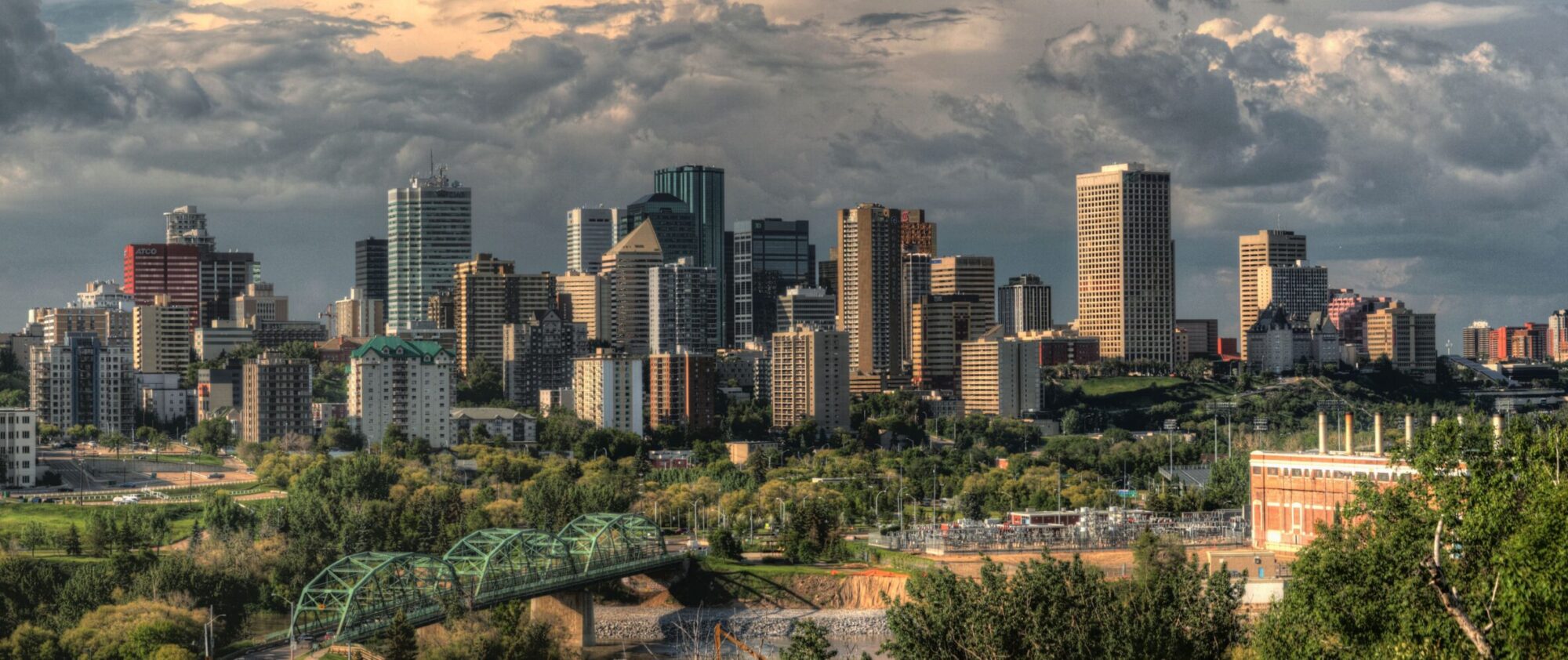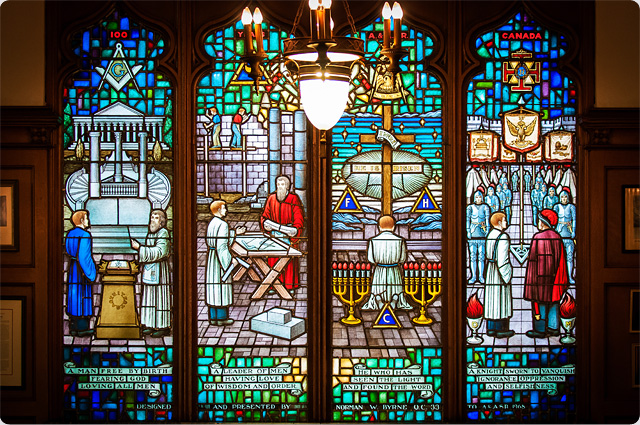
History
There are several theories as to the origin of the Scottish Rite, but as it evolved in France in dates from about 1754 when a Chapter (or College) of Claremont was founded in Paris with seven degrees. By 1758 the system had become a Rite of twenty-five degrees known as the Rite of Perfection, whose Grand Regulations were issued in 1762.
In 1761 Stephen Morin was designated to introduce the Rite into the New World. He first established the Rite in Kingston, Jamaica and in San Domingo. On the mainland, Bodies were set up at New Orleans, LA in 1763, at Albany, NY in 1767, at Philadelphia, PA in 1782, and at Charleston, SC in 1783.
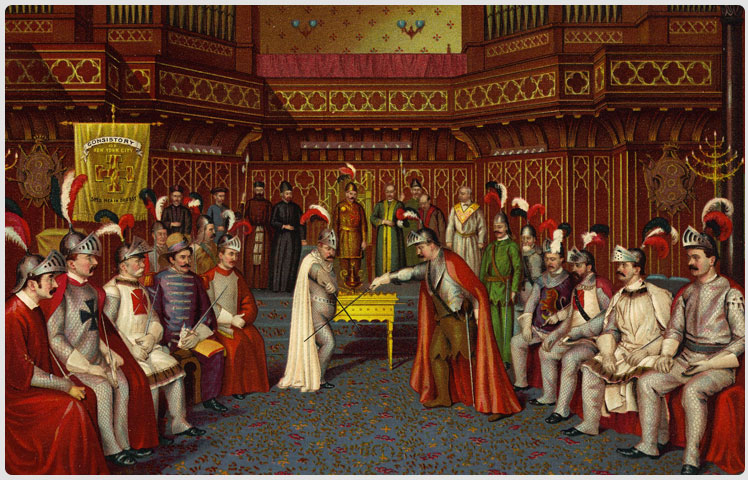
In 1786 “Grand Constitutions” were enacted in an attempt to bring order out of the chaotic condition of the degrees in Europe. It was these Constitutions which brought “The Ancient and Accepted Scottish Rite” into formal existence, enlarging the number of degrees to thirty-three, with the 33rd degree as a governing Supreme Council.
The Grand Constitutions of 1786 were issued in the name of Frederick the Great of Prussia as titular head of the Rite, but, he was suffering from terminal illness at the date they were promulgated, and died soon afterwards.
No degree of the Scottish Rite seems to have had its actual origin in Scotland. The term “Scottish” is translation of the French “Ecossais” in the French titles of some of the degrees of the Rite of Perfection. There may well be a traditional connection here. One or two of the degrees were long supposed to have been devised by the Chevalier Andrew Michael Ramsay, a learned Scotsman, tutor to Prince Charles Edward, the Young Pretender. These degrees seem to have afforded a meeting place for those in exile in France, who were adherents of the Stuarts and who were plotting for the restoration of James II and his son to the throne of England.
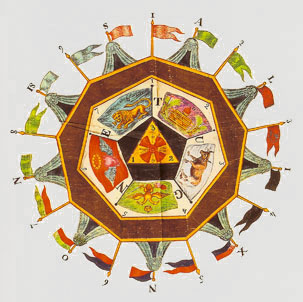
In 1801 a Supreme Council was opened in Charleston, SC under the above constitutions, absorbing the previously existing Rite of Perfection. This Supreme Council subsequently issued warrants for other Supreme Councils. All other regular Supreme Councils of today are descended, directly or indirectly, from this the Supreme Council of the Southern Jurisdiction, United States of America.
In 1813 the Southern Jurisdiction established the Supreme Council 33° for the Northern Masonic Jurisdiction of the United States. In 1845 the Northern Masonic Jurisdiction warranted a Supreme Council in England and Wales which, in 1874, authorized the formation of the Supreme Council of Canada.
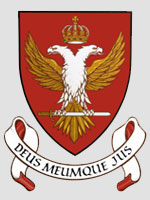
At the time our Supreme Council was chartered, Scottish Rite Bodies were already operative in Hamilton, ON, (1868); London, ON, (1868); Saint John, NB, (1868); Halifax, NS, (1870): Toronto, ON, (1873); and Montreal, QC, (1873). Our Supreme Council is in amity with more than 40 other Supreme Councils throughout the world, and 4 National Grand Lodges in the Scandinavian countries.
The Scottish Rite
The Scottish Rite is a system of Masonic degrees which elaborate and supplement the content of the three Craft degrees. It recognizes the supremacy and exclusive jurisdiction of Grand Lodges over the first three degrees of Masonry and Masonic funeral rites and ceremonies. It greatly strengthens and extends their teachings by ritual, drama, and allegory.
The Scottish Rite holds that no degree has a higher value than that of Master Mason. The instruction given in the Craft degrees is, however, seldom fully grasped by the candidate. He needs further instruction and enlightenment to understand the great truths which Freemasonry possesses and which Freemasonry teaches.
The first three degrees are but the wonderful entrance to the great Temple of Freemasonry. He who would seek more light, more knowledge of the mission and symbolism of Freemasonry, a more complete interpretation of the teachings of the Craft degrees, as well as acceptance into a very special fellowship and Brotherhood, can obtain these within the Scottish Rite. The Craft degrees are the ground base of Masonry. Without them, Freemasonry would not exist. The Scottish Rite builds a superstructure on this firm base, and so provides a means whereby the earnest seeker after truth may receive further and deeper knowledge and understanding of the same great truths.

The Scottish Rite in Canada
The whole of Canada constitutes a single Scottish Rite Jurisdiction. Here, the term “Scottish Rite” is a short form for “The Ancient and Accepted Scottish Rite of Freemasonry of Canada”.
Application for membership in the Scottish Rite is open to members in good standing in any Canadian Craft Lodge who are Master Masons. Continued membership in a Craft Lodge is required to maintain good standing in the Scottish Rite.
Acceptance for membership is subject to the usual Masonic conditions of residence, sponsors, investigation, and ballot. Physical impairment is not a disqualification. Belief in a Supreme Being is, as in the Craft degrees, an essential requirement.
The government of the Scottish Rite in Canada resides in the Supreme Council 33° which selects and elects its own membership. At its head is the Sovereign Grand Commander and it is composed of Sovereign Grand Inspectors-General, 33°, Active Members, (not exceeding 33 in number), plus Past Sovereign Grand Commanders, who are Active Members AD Vitam, and Past Active Members (without vote). Associated with them are Honorary Inspectors-General, 33°, distinguished Brethren selected for their service to the Scottish Rite, to Freemasonry, to their country, or to humanity.
In summary, then, the Scottish Rite is a unique teacher of universal Masonic truths inspired by the wisdom of the ages. We first admit the candidate to the Temple of Solomon in the period inherited from the third degree. We renew the work toward the completion and realization of the Temple, and recover for the Master Mason that which was lost. In later degrees we portray events of universal significance associated with the building of the Second Temple. Still later, we are shown a way to erect the Third Temple — that Temple of Truth and Love which exists in the hearts of man when he strives to identify himself with that which is highest and best, and to which Jesus alluded in the words “Destroy this Temple and in three days I will build it up”. In a final series of degrees the history and philosophy of Masonry are developed in ceremony and drama, so the zealous Brother has an unequalled opportunity to acquire a deeper knowledge and understanding of Masonic symbolism and dogma.
This is the opportunity, the challenge and the reward which the Scottish Rite presents to the Master Mason.
Constituent Bodies are, separately and independently, responsible to Supreme Council for certain degrees. These Constituent Bodies comprise:

Lodges of Perfection conferring the 4th to 14th degrees, inclusive. It is to one of these lodges that a Master Mason applies for membership. The degrees continue the story of the building of King Solomon’s Temple, and amplify and conclude the legend of the Master Mason degree.

Chapters of Rose Croix conferring the 15th to 18th degrees inclusive. The 15th and 16th degrees relate to the rebuilding of the Second Temple by Zerubbabel. The 17th degree is an approach to, and the 18th degree a recognition of the Christian ethic, but in universal terms, thus assisting in the building, in our hearts, of the Third Temple, not made with hands.
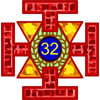
Consistories conferring the 19th to the 32nd degrees inclusive. These degrees, often elaborate and highly dramatic, cover a variety of approaches to Masonic teaching. Some have the Crusades as a background. The 30th, 31st and 32nd degrees culminate the teachings of the Scottish Rite, and must be conferred in full ritual form.
